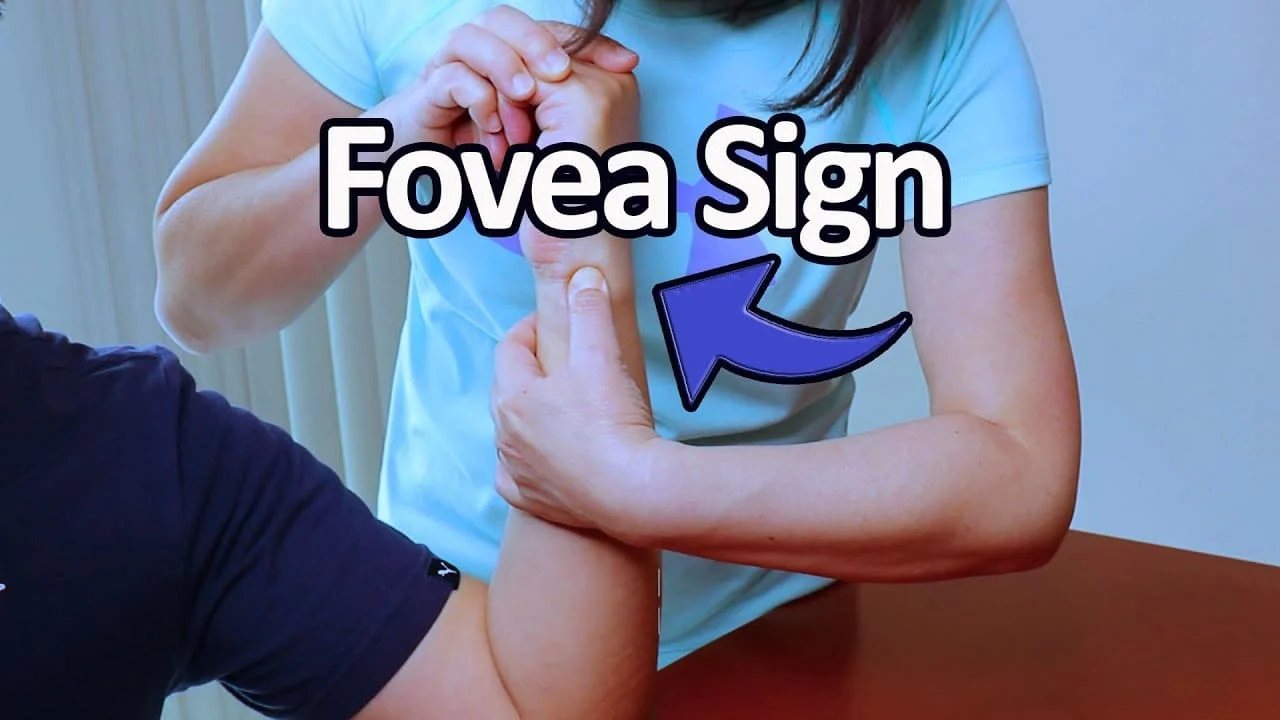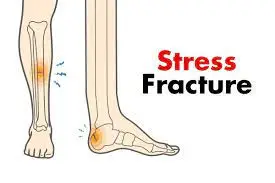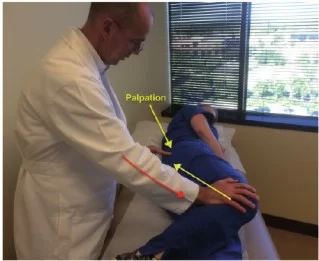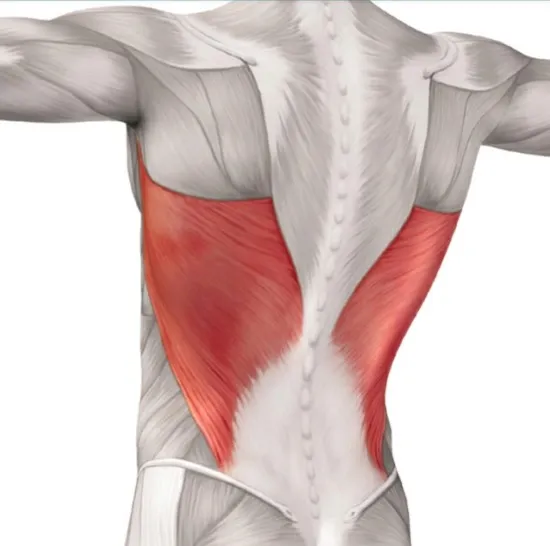Fovea Sign
What is a Fovea Sign?
The ulnar fovea sign is a clinical test used to assess the cause of ulnar-sided wrist pain. It assists in the detection of ulnotriquetral ligament injuries and foveal disruption of the distal radioulnar ligaments. This test is sensitive, meaning it is effective in detecting these specific injuries, and it can be used to determine the presence or absence of ulnar fovea disruption.
Purpose of Fovea Sign
A clinical test called the ulnar fovea sign is used to identify the origin of wrist pain on the ulnar side.
A positive ulnar fovea sign test indicates damage to the ulnotriquetral ligament and foveal rupture of the distal radioulnar ligaments. The sensitive test looks for ulnar fovea disruption or, in the case of a negative result, its absence. The ulnar fovea sign was 95% sensitive and 87% specific in a validation study for the clinical observation to find foveal disruption and ulnotriquetral ligament injury. The ulnar fovea sign was 90% sensitive and 88% specific for identifying longitudinal split rips of the ulnotriquetral ligament.
When the patient has concerns about the ulnar side of the wrist joint, the ulnar fovea sign test might play a significant role in the objective evaluation. Giving the patient an uneven pain in the wrist’s fovea is a provocative test. When a patient has generalized wrist pain, the ulnar fovea sign is not helpful. It is most helpful in symptomatic patients without other obvious wrist pathology who still experience pain after effective nonsurgical therapies and for whom wrist arthroscopy should be the next evaluation.
The severe traction of the ulnocarpal ligaments that results in a foveal injury is caused by hyperradial extension or hyperextension of the wrist in conjunction with axial loading and/or forearm rotation. The fovea region’s forces are documented by this system. The ulnar styloid attachment will disintegrate before the foveal attachment does when the ulnotriquetral ligament is subjected to high traction.
A study titled “The Ulnar Fovea Sign for Defining Ulnar Wrist Pain: An Analysis of Sensitivity and Specificity” found that 156 patients had the ulnar fovea sign. Foveal disruption was diagnosed in 90 individuals, and UT ligament damage in 68 patients. Thus, none of the two potential diseases were present in the two individuals who had a positive ulnar fovea sign.
Anatomy:
Between the flexor carpi ulnaris tendon and the ulnar styloid process is where the fovea is located.
The conjoined palmar and dorsal radioulnar ligaments, as well as the ulnocarpal ligaments, have their foveal attachments in the region of the fovea when the forearm is in a neutral position.
Technique of Fovea Sign
The patient is positioned facing the therapist with the elbow resting on a table or plinth for the duration of this test. With the forearm and wrist in a neutral position, the elbow must remain in a 90° to 110° flexion. The therapist’s thumb must be firmly squeezed between the palmar surface of the ulnar head and the pisiform, between the flexor carpi ulnaris tendon distally and the ulnar styloid process.
During the test, the patient could scream in pain if there is a positive ulnar fovea sign. A positive ulnar fovea sign’s level of pain mirrors the patient’s condition.
The stability of the distal radioulnar joint must be determined after eliciting the positive ulnar fovea sign. When the congruent articulating surfaces and the radioulnar ligaments are solid and fixed, the stability of the distal radioulnar joint is maintained. The degree of damage and the location of instability can be determined using a radiograph or a CT scan.
In situations of ulnar-sided wrist pain, a thorough wrist examination should be performed in addition to the fovea sign test. Active strength in all functional motions, grip strength, wrist and forearm pronation and supination range of motion should all be considered objective components.
Differential Diagnosis
The longitudinal split tear of the ulnotriquetral ligament and foveal disruption are two wrist disorders that may be present when a positive ulnar fovea sign is found. If the ulnar fovea sign test is positive, the dorsal radioulnar ligament joint is either stable or unstable. A longitudinal split tear of the ulnotriqutral ligament is the likely cause of instability. The most likely diagnosis is foveal disruption when the stable dorsal radioulnar ligament joint is present. The two disorders can be distinguished clinically, radiographically, or with a CT scan.
Summary
the ulnar fovea sign is a helpful clinical technique to spot UT ligament tears and foveal disturbances is validated. The medical conditions show 2 typical causes of pain in the ulnar side of the wrist. Clinically, it is possible to distinguish between the two conditions: foveal disruptions are often linked with an unstable distal radioulnar joint, whereas UT ligament tears are typically accompanied with a stable distal radioulnar joint.







